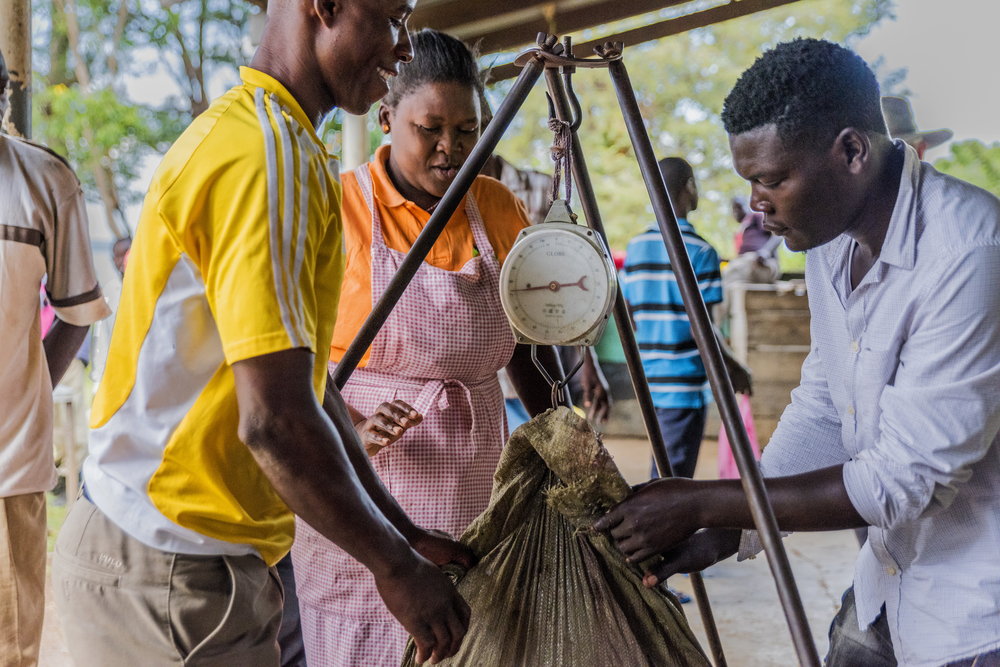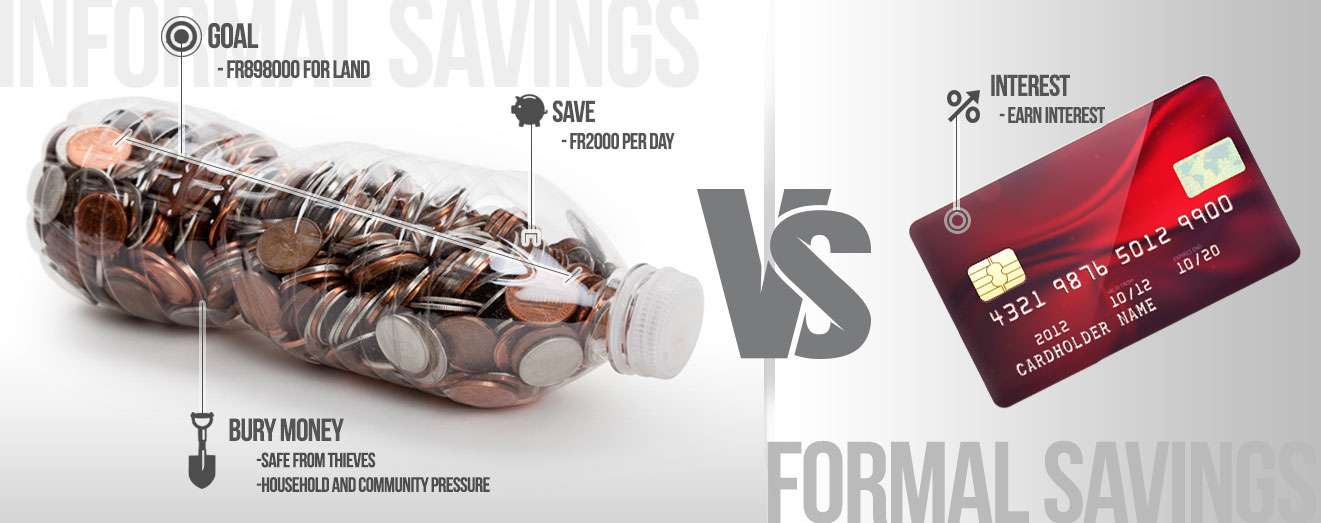
15 innovations in data collection methods: Broadening the financial inclusion survey toolkit
Advances in technology have fundamentally changed the way in which survey and behavioural data is collected. There has been a steady decline in face-to-face and telephonic data collection over the past 10 years, with a corresponding and rapid increase in digital data collection. The widespread use of the mobile phone












